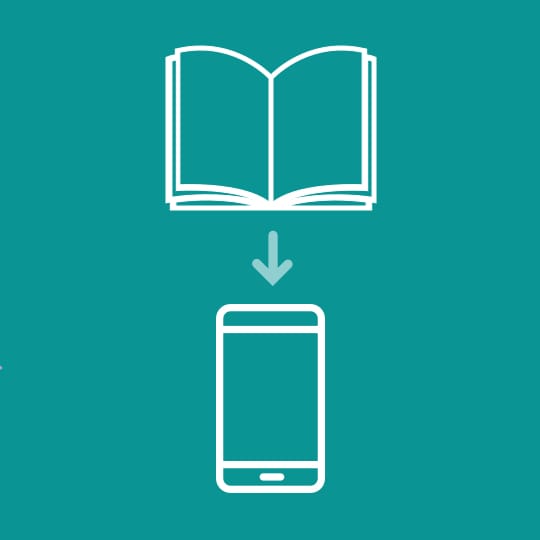· · Laura Paplauskaite · 3 min read
How a mobile app will help those living with long-term health conditions

More than 15 million people and their families live with incurable, long-term health conditions in the UK. Bridges Self-Management is a social enterprise that provides services and tools to help people living long term conditions.
As part of its work, Bridges publishes books to support people to live well with long-term health conditions through stories and advice from other patients and families. They have created books to address life after stroke, after brain injury and living with trauma and neuromuscular conditions. Bridges wanted to digitise these books to make them more accessible – which is where Bit Zesty comes in.
Bit Zesty worked with Bridges to develop the first pilot web and mobile apps for people with Neuromuscular Diseases (NMD) in collaboration with MRC Centre for Neuromuscular Diseases, UCLH; and for the stroke survivors in collaboration with the South Eastern Health and Social Care Trust (SEHSCT) in Northern Ireland.
UCLH held an event to launch the Neuromuscular Bridges book and apps. Everyone involved in the project, as well as healthcare professionals and other industry experts, were invited. Adapting dreams and learning to live well with long-term health conditions was a continued theme through the project – and the resulting resources.
“People didn’t stop dreaming because they were diagnosed or their conditions worsened. They just changed their dreams”
Donna, a muscular dystrophy patient
Introducing the project
Heide Pöstges, Service Designer at Bit Zesty, introduced the launch evening, saying: “Receiving a diagnosis of a long-term health condition is life-changing. The process of education, acceptance and adapting to the fact that diagnosis is long-term, too.
“Designing a suite of web and mobile applications required us to work out how people with neuromuscular conditions used digital tools. Bit Zesty conducted surveys, workshops and interviews with patients, family members and healthcare professionals as part of user research. We also conducted usability and accessibility testing to make sure our designs are user-friendly and meet patients’ varied needs.
“We found everyone was using the internet, and more than one tool, to find out about their conditions. People were looking for information, especially just after diagnosis. They wanted information in one place that they can trust.
“People wanted their questions answered by healthcare professionals and have recommended links. People were searching for others’ stories and tips, too. An overriding feeling about the internet was that too much currently available information was gloom and doom; they wanted positive, inspiring stories.”
From print to digital
While previously Bridges created similar resources in book format, it was important to make the information available in other mediums, so it was not only more accessible but also available to everyone.
As Bridges Self-Management CEO and Founder, Prof Fiona Jones MBE, says, “It’s not just the case of plonking the book into a digital resource. It’s about: what does the digital resource add? And I think the digital resource opens up accessibility for people.”
“There are still people that love a book and the feel of a book and go to it when they need it. But there are people that, when they’re travelling or sitting in a hospital bed, they want to access it in a way that is convenient for them. Having it in different formats was always my aim.”
Dr Gita Ramdharry, AHP Consultant, UCLH, says, “The digital tool is going to give some variety in how people receive information. You can also capture much more with a digital tool. For example, the videos, soundbites and interviews will appeal to a lot of people. Having the feedback from people [through accessibility testing] who are going to use these tools was helpful.”
Dreams change
The patients who had been directly involved in the project also shared their views on the impact of the books and the apps.
As Bethany, a patient living with Charcot-Marie-Tooth (CMT) disease, said during the evening: “Some of us had to let go of dreams. Others found their dreams could remain the same – they’re just wrapped up in slightly different packaging.
“What I love about this project is that the [health and digital professionals] listened without their own agenda and with a great respect for the wisdom of the people who have lived it.
“Sometimes dreams change. But life is different and differently wonderful, and I’m grateful to have been involved in this project to make other people’s lives better, to make people heal.”
Do you need help with your application?
At Bit Zesty, we specialise in building and maintaining bespoke software and integrating AI into existing applications.
Looking to build an application, but unsure of the price? Keen to discuss our experience, processes and availability?


